FORM FOLLOWS CLIMATE - ENVIRONMENTALLY RESPONSIVE DESIGNING
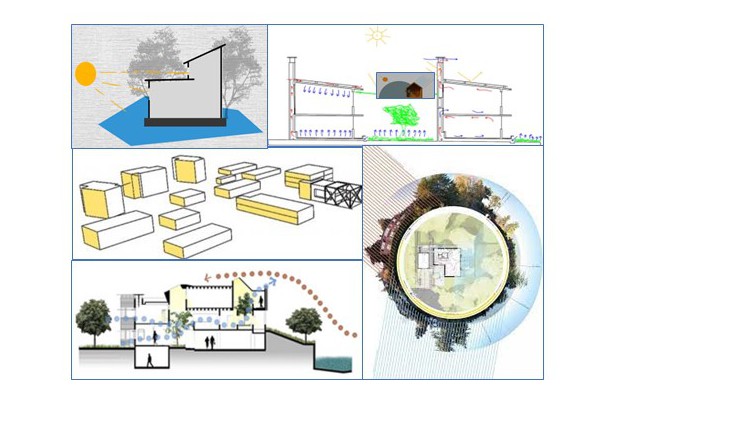
Why take this course?
Course Headline: Designing for Environmental Responsiveness
Course Instructor: Dr. Sheeba Valsson 🚀
About the Course: "Form Follows Climate: Environmentally Responsive Designing " is your gateway to becoming an architect or designer who not only creates beautiful structures but also champions sustainability and environmental harmony. This online course is a deep dive into the pivotal role that architecture plays in our fight against climate change and our quest for a greener, more sustainable future.
Why Take This Course? 🌍
- Understand Environmental Context: Learn how to assess and respond to local climates effectively.
- Sustainable Design Principles: Discover the core principles of environmentally responsive design and how they can be applied to various projects.
- Innovative Technologies: Explore cutting-edge technologies that push the boundaries of sustainable design.
- Design for Comfort & Efficiency: Master passive design strategies to create spaces that are both comfortable for occupants and energy-efficient.
- Material Selection: Understand the environmental impact of materials and learn how to select sustainable alternatives.
- Impact Assessment: Gain insights into evaluating the environmental performance of your designs.
What You Will Learn:
- The Importance of Contextual Design: Why understanding the climate is essential for responsible design.
- Adapting Architecture: How to design buildings that adapt to and mitigate environmental conditions.
- Sustainable Strategies: Passive design techniques that reduce energy consumption and carbon footprint.
- Material Innovation: The role of sustainable materials in creating environmentally responsive designs.
- Performance Analysis: Tools and methods to assess the environmental impact of architectural solutions.
- Real-World Application: Case studies from pioneers in climate-responsive architecture.
Course Outline:
- Introduction to Environmental Responsiveness: An overview of the relationship between architecture, environment, and sustainability.
- Assessing Climate Conditions: Tools and techniques for understanding local climates and their impact on design.
- Responsive Form and Materials: How to integrate environmental considerations into the form and materials you choose.
- Passive Design Strategies: Techniques such as natural ventilation, daylighting, and thermal mass utilization.
- Innovative Sustainable Technologies: Latest advancements in sustainable design and construction.
- Designing for Comfort and Well-being: Ensuring the health and comfort of building occupants.
- Case Studies: Examples of successful environmentally responsive designs from around the world.
- Final Project: Apply your knowledge to create a conceptual design that demonstrates environmental responsibility.
Who Should Take This Course? 👧✈️👨✈️
- Architects and designers seeking to integrate sustainability into their work.
- Students of architecture, engineering, and environmental science.
- Professionals in urban planning and landscape design.
- Anyone interested in the intersection of architecture, climate change, and sustainability.
Join Dr. Sheeba Valsson in this transformative learning experience that will equip you with the knowledge and tools to make a tangible difference in the world through environmentally responsive design. 🌱✨
Enroll now and be part of the design revolution that shapes our future while respecting and preserving our planet! 💚 #SustainableDesign #EnvironmentalResponsiveness #ArchitectureAndClimate #EcoFriendlyDesign #LearnToDesignBetter
Course Gallery
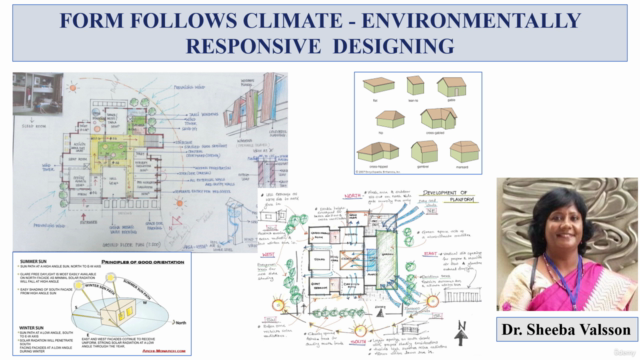
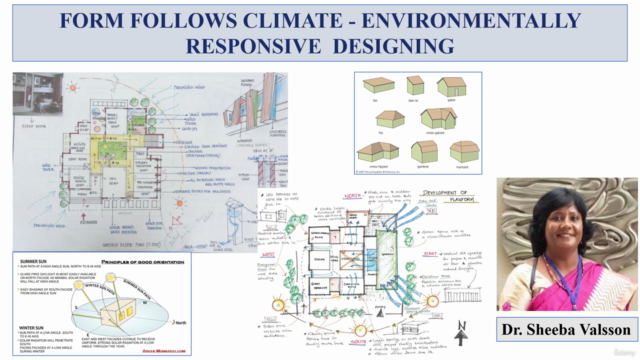
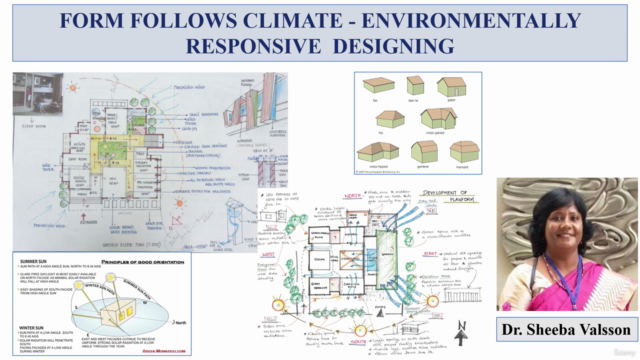
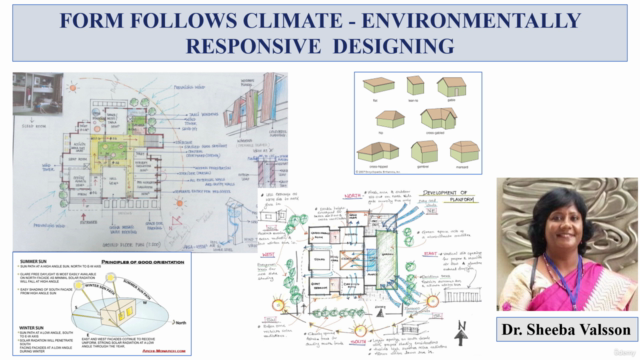
Loading charts...